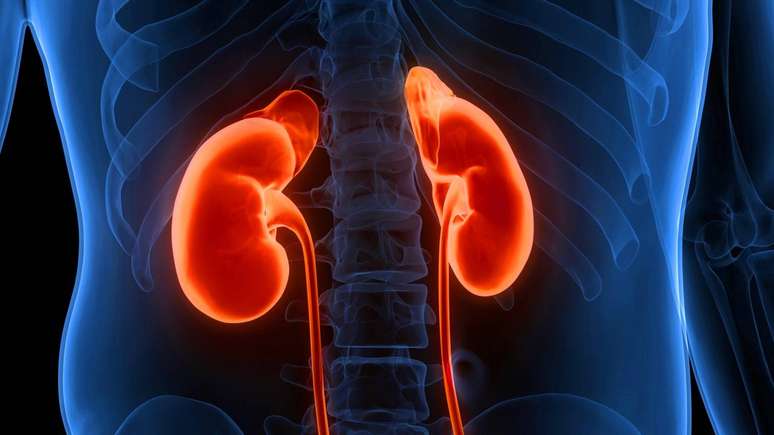Experts explain how the condition affects the body by causing a lack of oxygen due to high altitude
Math teacher Clederson Marques, 37, died last Friday (12 years old) after suddenly falling ill during a train ride between Machu Picchu and Ollantaytambo, Peru. He was in Cusco, which is 3,400 meters above sea level and it is suspected that he fell ill due to the altitude of the place.
According to Peruvian news agency Andina, authorities were informed that Clederson had been suffering from the effects of altitude since July 11. Witnesses reported that the Brazilian had convulsions and fainted before dying. A primary care physician diagnosed death by cardiac arrest.
The evil of the mountain
The condition that causes a lack of oxygen due to high altitude is known as “altitude sickness.” In an interview with Earth youthe pulmonologist of Health at homeMichelle Andreata, and the neurosurgeon, member of the Brazilian Society of Neurosurgery, Philip Mendesexplain the condition.
The pulmonologist says that high altitude reduces the partial pressure of oxygen in the inspired air, causing hypoxia. This condition triggers a series of physiological responses, such as hyperventilation, increased heart rate, and pulmonary vasoconstriction.
“These responses aim to improve tissue oxygenation, but can lead to the development of mountain sickness, which includes conditions such as high-altitude pulmonary edema (HAPE) and high-altitude cerebral edema (HACE),” explains Andreata.
Respiratory symptoms of “altitude sickness” include shortness of breath, dry cough, and in severe cases, production of frothy, pink sputum, indicating PAAS. Other general symptoms include headache, nausea, fatigue, and insomnia.
Treatment involves immediate descent to a lower altitude, supplemental oxygen, and, in some cases, the use of medications such as diuretics, bronchodilators, and corticosteroids to relieve symptoms and prevent disease progression.
Criteria for assessing a patient’s risk of developing serious pulmonary complications due to “altitude sickness” include the presence of chronic lung conditions such as asthma or COPD, reduced exercise capacity, and assessment of lung function.
“Patients with resting oxygen saturation less than 90% at moderate altitudes (2000-3000 meters) or those who show an inadequate response to the simulated hypoxia test are considered high risk,” the professional emphasizes.
Neurosurgeon Felipe Mendes says that “altitude sickness” can present with several neurological symptoms, such as severe headaches, dizziness, nausea, vomiting, tiredness, insomnia and even difficulty with coordination.
“In more severe cases, swelling of the brain can occur, leading to more worrying symptoms such as mental confusion, altered level of consciousness and, eventually, coma,” says the expert.
The most serious neurological complications of “altitude sickness” include: high altitude cerebral edema (HACE) and cerebrovascular accident (CVA).
HACE is a medical emergency characterized by ataxia, altered mental status, and coma. Treatment involves immediate descent to a lower altitude and administration of oxygen at the highest concentration possible.
The doctor says there are some conditions that can increase the risk of developing the condition. In addition to systemic problems such as anemia, heart disease, and lung disease, migraine sufferers are also more likely to develop altitude sickness.
“In people who already have epilepsy, a reduction in the seizure threshold may occur, increasing the possibility of seizures,” he adds.
To reduce the risk of developing altitude sickness during high altitude expeditions, it is essential to follow some preventive measures, such as gradual acclimatization, which consists of ascending slowly, allowing the body to adapt to the altitude, as well as maintaining adequate hydration.
In high-risk individuals, the need for prophylactic medications may be considered, according to medical advice. Experts emphasize that alcohol and other sedatives are substances that can worsen the symptoms of hypoxia and should therefore be avoided.
Source: Terra
Ben Stock is a lifestyle journalist and author at Gossipify. He writes about topics such as health, wellness, travel, food and home decor. He provides practical advice and inspiration to improve well-being, keeps readers up to date with latest lifestyle news and trends, known for his engaging writing style, in-depth analysis and unique perspectives.









